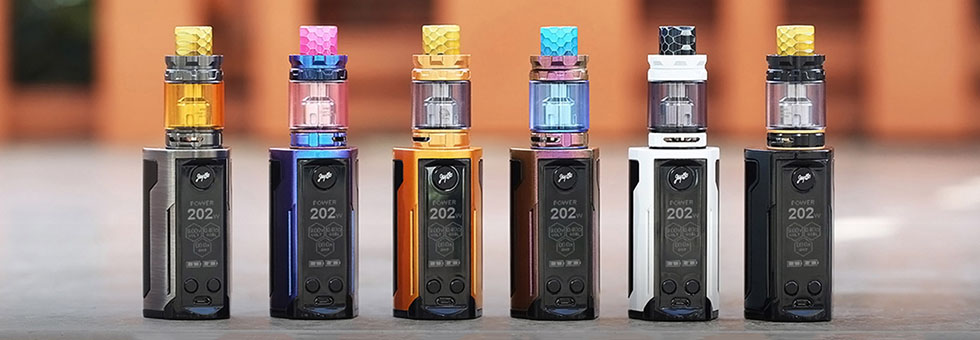
Changing a vape coil is something you’ll have to do often regardless of the vaping equipment you use. Changing the coil in your vape tank or pod system every few days will keep the taste and performance at peak levels.
However, there is a proper technique to replace a vape coil in order to get the greatest possible results, and that is what you will discover here. If you use a vaporizer, do you know when the coil has to be replaced? How often should a coil be changed such that it provides optimal taste and function? OK, so let’s get started with the answers to your concerns.
When Should I Change The Coil In My Vape?
If you use a vaporizer, when is it time to replace the coil? To put it briefly, when you start to notice a drop in taste, it’s time to swap up your coil. When a coil has reached the end of its useful life, you may experience the following changes in flavor:
It’s possible that the nuances of your preferred vape juice’s flavor may get muddled with prolonged use.
The sweetness of your e-liquid may appear to have increased, maybe to the point where it overwhelms the other flavors.
Perhaps you’ve noticed a burned flavor developing in your e-liquid. For some, the charred flavor may remind them of smoke, while for others it will be more akin to caramelized sugar.
If the wick or heating surface of your vape coil is severely burnt, you may also experience some discomfort or tightness in the back of your throat while you inhale the vapor. After some time of utilizing a coil, if you notice discomfort in your throat that wasn’t there before, it’s time to swap it out.
A vape coil has a limited lifespan, but just because the taste has started to decline doesn’t mean you need to change it right away. Replacing vape coils daily might add up financially. Although you may notice a difference in taste, as long as the coil’s function is satisfactory, you may keep using it.
How Can I Make My Vape Coil Last Longer?
In order to make your vape coils live longer, you must first ascertain the root cause of their premature demise. There are two potential causes of a vape coil going out. The heating area of the coil is either clogged with e-liquid residue or the cotton wick has been scorched. If you want your coils to last longer, you need to determine if the heating surface or the wick is at fault.
How to Replace an E-cigarette Coil in a Pod System?
This article will continue with instructions on how to replace a pod system’s vape coil. Regardless of the device used, the replacement process for the coil in any pod system is mostly same.
- When the pod is empty, it should be removed from the device and held inverted.
- Turn the base of the pod to loosen and remove it. In other instances, this step is unnecessary since the coil is immediately placed into the bottom of the pod. If the base of the coil is visible while removing the pod from the device, the base does not twist off.
- Remove the old coil from the pod.
- Insert a fresh coil into the pod.
- Replace the base of the pod and refill it.
How To Change Vape Coil in a Subohm Tank?
Subohm tanks are somewhat more complicated than vape pods, which is one of the reasons why pod systems are so popular among beginner vapers who like to keep things simple. If you are switching from a pod system to a complete vape tank, however, the coil replacement process will be mostly similar.
Remove the empty tank from the vape mod and hold it upside down.
Turn the bottom hardware of the tank to loosen and remove it. The Innokin Zenith II has a similar push-pull coil replacement mechanism as the majority of pod systems. If your tank employs the push-pull mechanism, the coil will be located inside the tank’s main body. The coil may be screwed into the base of other tanks.
If the tank has a push-pull coil replacement method, remove the coil from the tank’s main body. If the coil is screwed into the base of the tank, unscrew it.
Install a new coil by pushing it into the tank’s main body (push-pull mechanism) or by screwing it into the base of the tank (screw-in system).
Reassemble the tank and replenish it.
